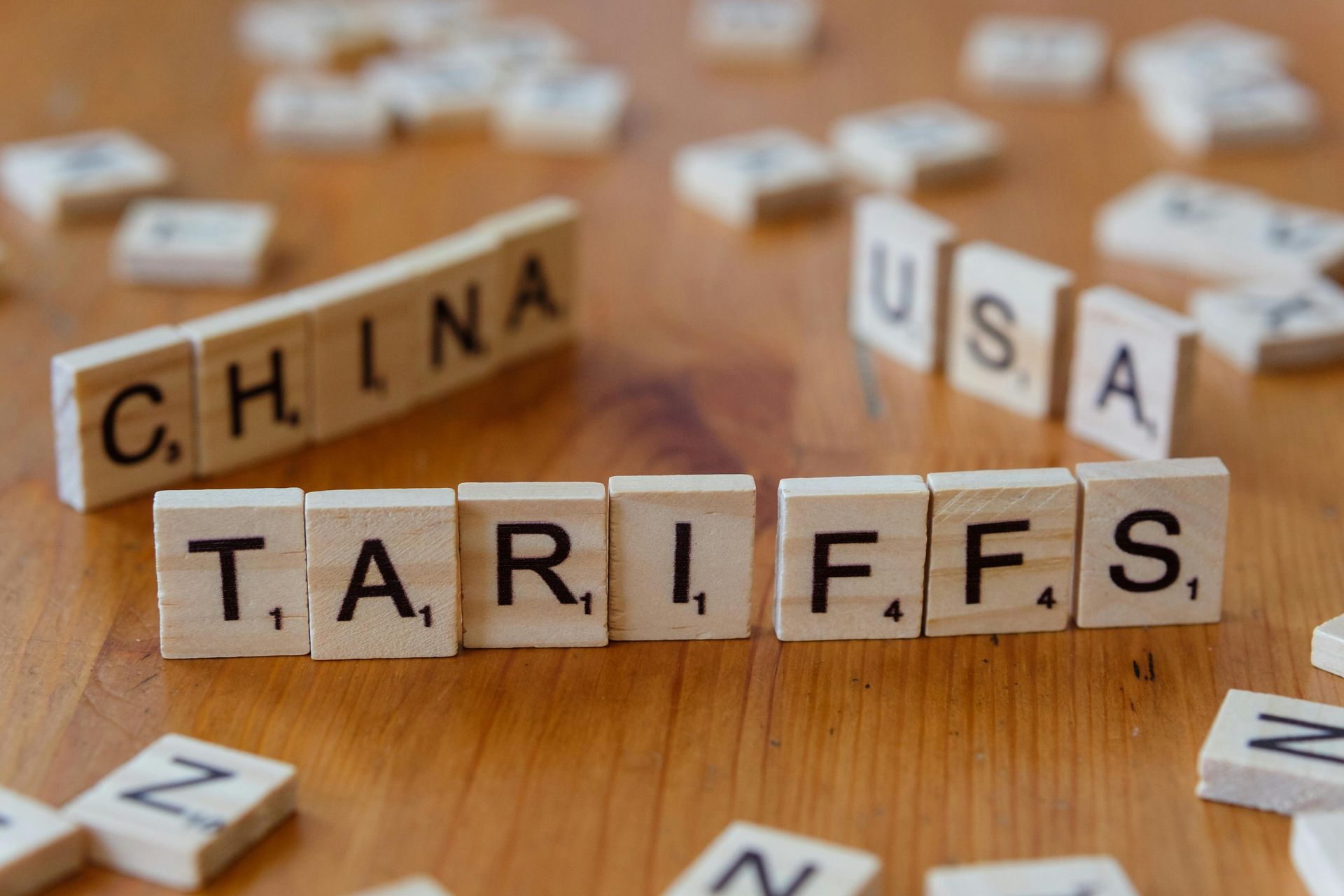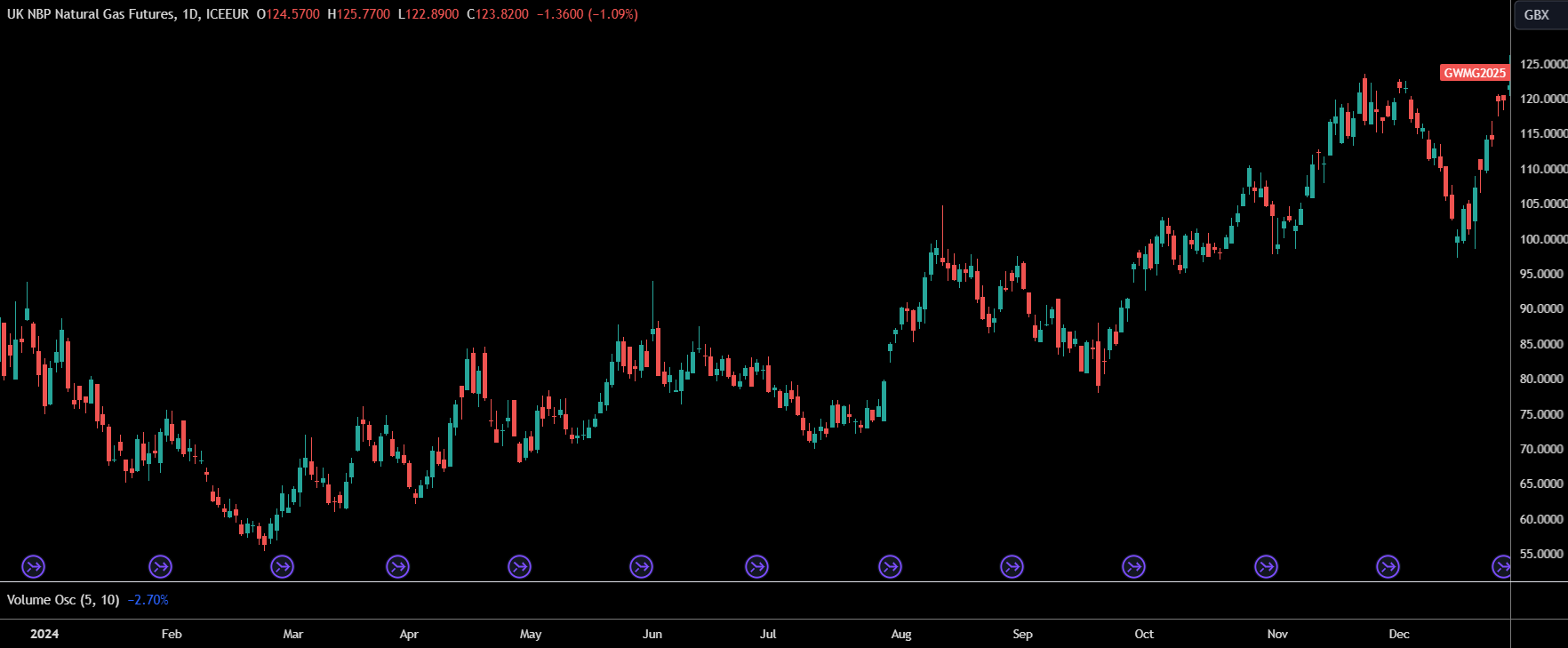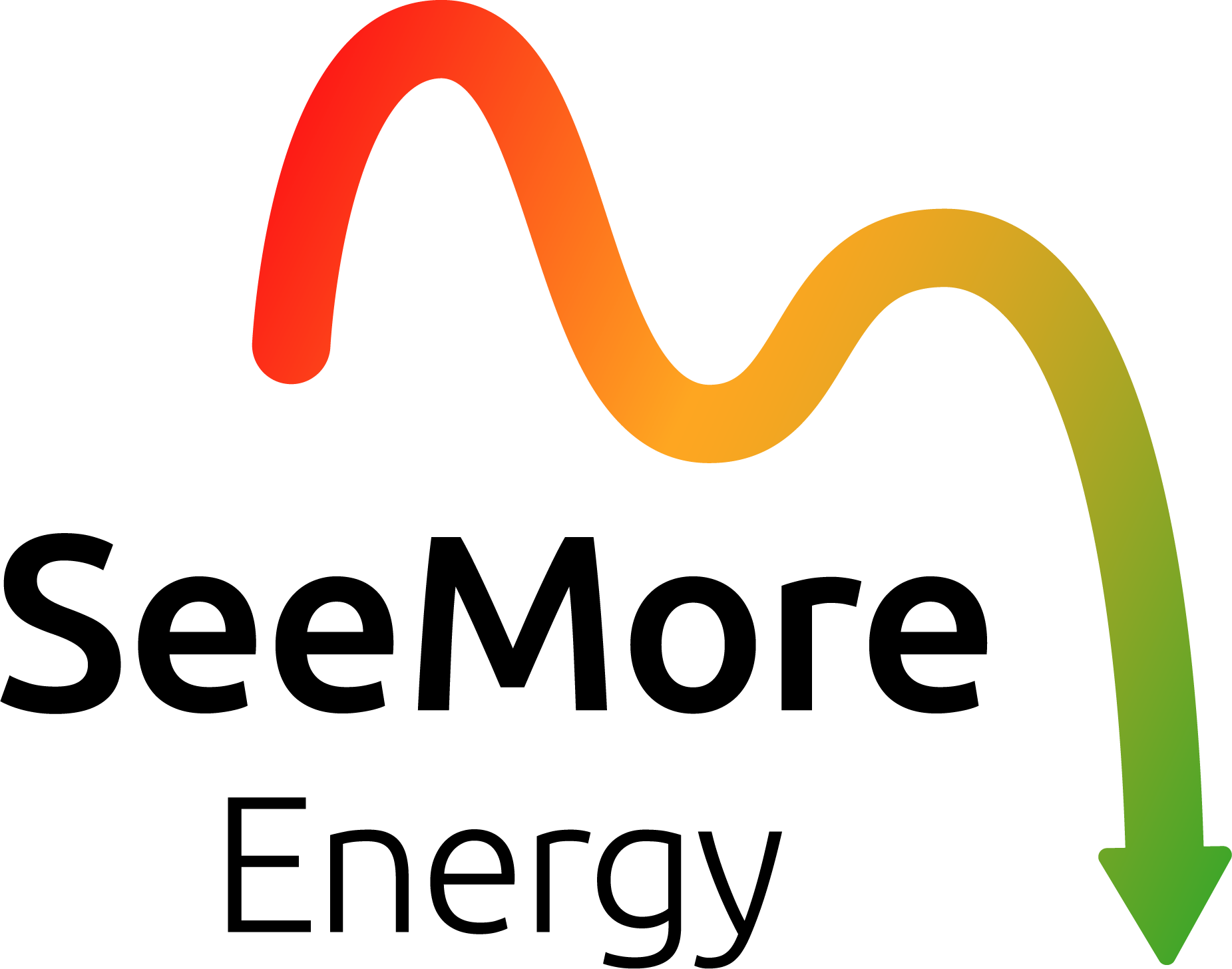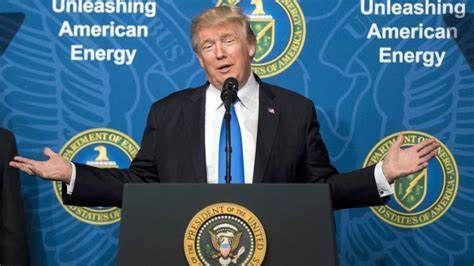Understanding your Energy Bill
Understanding Your Energy Bill
At SeeMore Energy, our aim is to educate clients on all energy charges for both Electricity and Gas, with the aim of helping them gain greater understanding on all the costs associated within their energy bill.
For the first in a 8-part series of ‘Understanding your Energy Bill’ we focus on the Standing Charge.
Standing Charge
What is a Standing Charge?
Standing charges are a fixed daily charge and they appear on both gas and electricity bills. They will be charged a set rate independent of how much energy the meter uses, although the estimated annual consumption is a driver when suppliers set the fixed rate for all their respective tariffs.
In theory the standing charge is there to provide a minimum level of cost recovery for suppliers to cover their overheads for services mainly focused around ensuring consistency of supply to the meter, as well as general maintenance and upkeep of the distribution and transportation networks.
As a result, the main driver of Standing Charge costs alongside the usage will be the region. More remote locations can usually incur higher costs compared to meters located in more densely populated areas.
Why have Standing Charges increased recently?
Over the last 18 months there has been a significant increase in Standing Charges and there are 3 main reasons for this:
1. Failed Suppliers
From January 2021-February 2022 there were 31 energy companies who ceased trading in the UK market. In addition to the 2 million customers affected by these companies Bulb Energy were placed into special administration leaving over 1.5 million other customers in need of being transferred to other suppliers.
A combination of the Ofgem price cap and rapidly rising wholesale prices left many suppliers unable to sell energy at a price that was greater than their costs.
While existing suppliers inherit the clients of the failed companies they also inherit their network costs.
2. Covid Recovery
During the UK's Covid-19 Pandemic, a significant amount of forecast energy usage when unused with many businesses forced to undertake remote working policies or in extreme circumstances such as hospitality industries, close their doors completely.
This sustained period of under-usage will have left suppliers with sizeable losses by not being all to bill customers for unused kWh usage.
3. Increase in renewable energy sources
The UK’s network of energy transmission has historically worked by transporting energy from a few large power stations to their target destinations. This production would be ramped up during peak hours. With the rise of renewable energy sources, more specialist equipment has been needed to connect these supplies to the grid and there is less consistency in knowing exactly how much electricity can be produced at specific times.
Can Standing Charges change mid-contract?
While it is normally true that the Standing Charge agreed upon at the start of a new contract will be valid for the duration of the contract, there is a circumstance where it can be changed. If the Estimated Annual Consumption is significantly more or less than actual consumption, then suppliers can change the Standing Charge. Large users pay higher standing charges so if a meter was initially thought to be a smaller consumer, but it turned out to actually be high consumer, then the Standing Charge can be changed if the suppliers terms and conditions allow the right to do so.
This can be more common within Gas meters where monthly consumption figures are reported by Transo to energy suppliers.
What can be done about high Standing Charges?
While there is not much that can be done once a contract is in place, it is always prudent to shop around and see which tariffs are available when you are in the period to negotiate a new contract. It can seem daunting to get a quote from every supplier in the market, but one way to ensure you are getting a good deal is to use a trusted broker with knowledge of the markets.
Acting on your behalf the broker can first ensure there’s a balance of quotes with varying standing charges as when the approach the market, but also ensure there’s full understanding on how the unit rates balance off against the standing charge, as the cheapest standing charge can often mean a higher unit rate, which may mean a more expensive cost overall.
At SeeMore Energy, we can provide a review of your current contract to ensure you’re paying a Standing Charge reflective of the energy used and if there’s anything further to challenge, we can work with the suppliers to ensure costs are minimised where possible.
To speak to one of our team, please email admin@seemoreenergy.co.uk quoting ‘Standing Charge’ or use the contact form below.
Contact Us for help with your energy bills










